Dead markers get new life
Students from the work experience class have been collecting dead markers since the beginning of the school year. They have collect over 200 markers to give back later this year to Crayola.
December 2, 2019
One by one markers are being thrown in the trash after they are ‘dead.’ But paraprofessional teacher Beth Anderson decided to change that after having collected so many markers that were not working. She thought that there has to be a purpose to something after it was not usable anymore, and that’s when she found Crayola’s ColorCycle program.
Crayola launched their dead marker program, known as the ColorCycle Program, back in 2013 to try to avoid markers going into landfills and instead being recycled. The free program was made for classrooms with kids ranging from kindergarten through twelfth grade to help benefit both the students and teachers. So a couple years ago, Anderson decided to start the program throughout the high school.
With this project being newer, it would not be the easiest project to just find in a short period of time. But with markers upon markers that had no use to them, Anderson did something about it.
With so many markers that were for sure deceased, Anderson “took it upon herself to look up what could be done with the markers. Anderson said she “doesn’t remember exactly where it was found, but remembers coming across it online somewhere.”
Everything has a reasoning behind the greatness achieved and when Crayola came up with the idea six years ago, it was all about benefiting students and teachers. It helps students learn some importances of the environment and it gives teachers lesson plans that fit standards for school.
As Crayola explains on their site, the purpose is to “teach them about the importance of recycling and sustainability in which they will collect any markers.”
Getting attention for a project like this can be difficult when the help from others, like coworkers and administration, is minimum. Anderson has been working hard with some of the students from the work crew course to get the word out to classes like the art rooms, but she is hoping to keep expanding this project.
“We would like to be open to any suggestions from people as to where they think a good collection spot would be. It may seem like overkill, but maybe more of them would be helpful. Maybe one to each wing,” Anderson said.
Work crew students have been taking the time to go through each classroom throughout the school to find markers that teachers believe are dried out. This is the process the group has been going through since the beginning of the year.
“We collect them we make sure that they are truly what we call dead markers so we sit there and stripe papers. The process takes time.”
— Anderson
After all the collecting and organizing, Crayola will come and pick up any brand of marker to reuse it. The steps to getting the markers to finally be picked up can take time and lots of planning.
“We need to bundle them up in bundles of 10 and then put them in a box that has minimal writing on the outside of playing box. We then call a local FedEx and say can you please put us on your schedule for a pickup at [a location] for a donation of use markers to go to Crayola,” Anderson said.


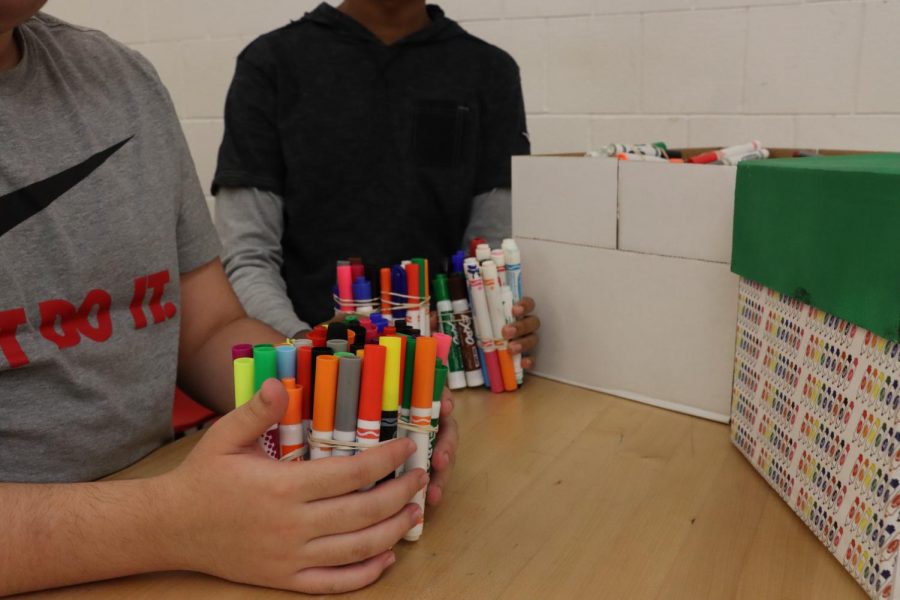
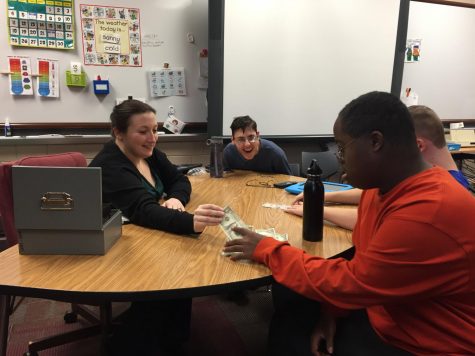
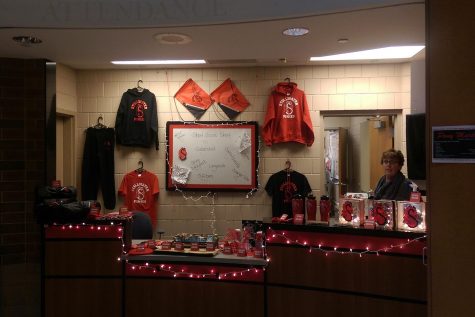
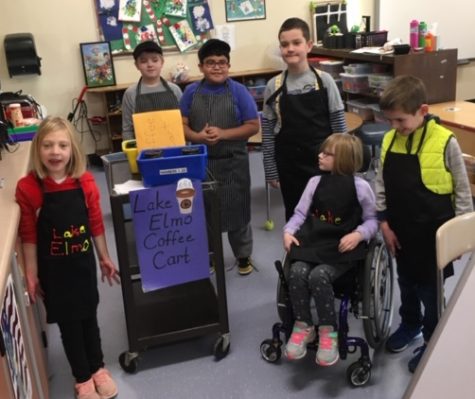



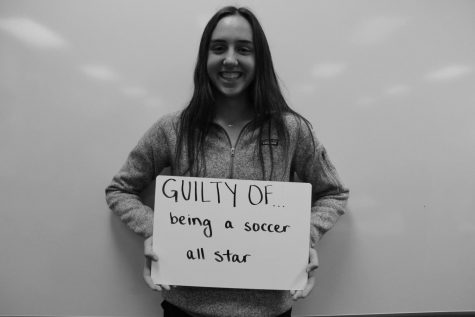
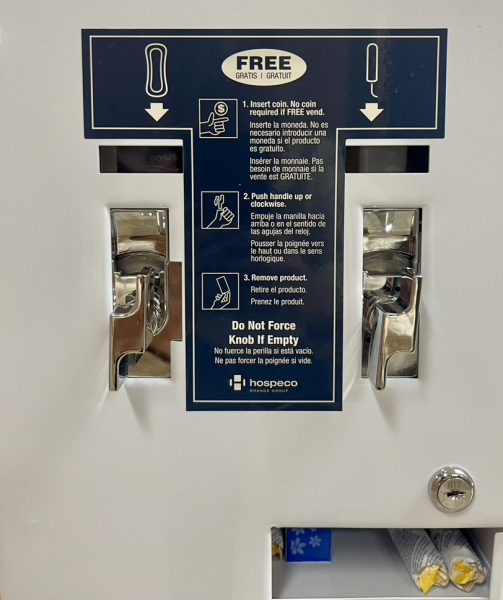

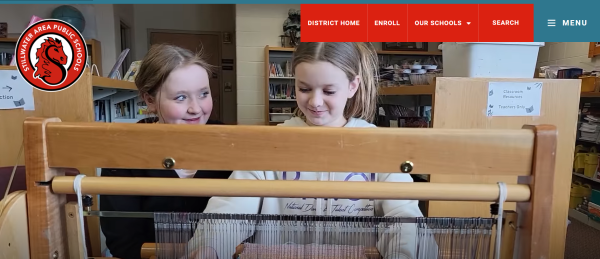

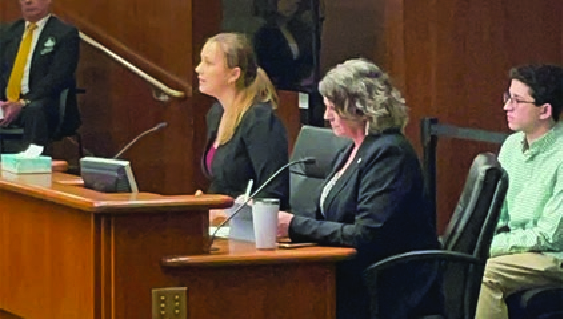

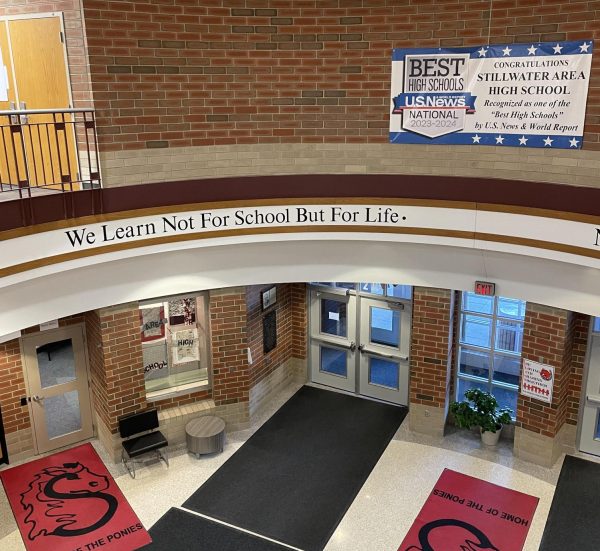

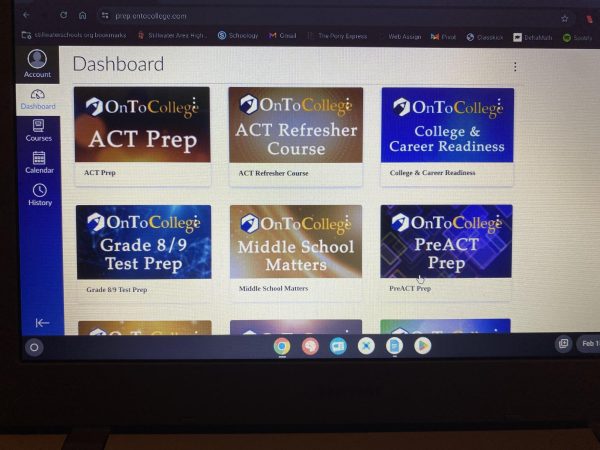
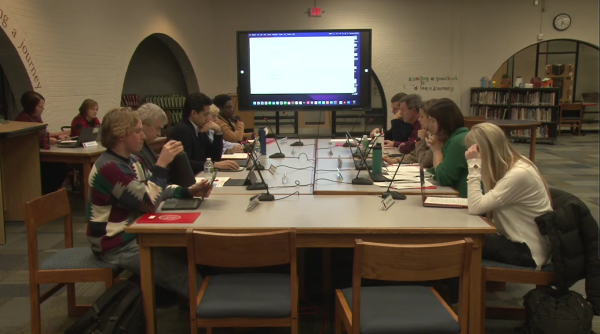
Dorothy Chislett • Feb 4, 2020 at 9:03 am
This article informed me about something I had no idea existed. As someone who is very passionate about the environment, I am very happy to hear about this and am excited to find out how I can become involved. The quotes Haley used were great and her facts helped me learn while wanting more.
Libby Shepperd • Jan 24, 2020 at 8:02 am
I loved the title! That was the main reason I decided to read it and the article was even better! It was really interesting, and I have never heard anything like this before. I think it’s really important and I am glad by through this article, the word is out and more people know about it. Great job.
Ella Nelson • Dec 19, 2019 at 7:25 am
I really like the topic of this article. I have never heard of recycling markers, but i’m glad I did. You reported this very nicely. The facts are strong and flow well with the story. Great job!
Joesph Devins • Dec 18, 2019 at 10:50 pm
This story really intrigued me because of the title, I had no idea about this program. This was a very interesting article Haley. I am very glad that this article will inform others about this.
Julie Xiong • Dec 18, 2019 at 8:11 pm
The title of this article is what gathered my attention. I think it created a sense of imagery and wonder and made me want to find out what it was about. Secondly, this topic is very eye-opening. It is important to realize how even the little things, such as recycling markers, can be beneficial.
Morgan Hildreth • Dec 18, 2019 at 8:08 pm
Great article Haley! I was not sure what the article was going to be about when I clicked on it but I was pleasantly surprised when I read that all of these markers are going to be recycled when normally they would go into the landfill.
Rachel Duerr • Dec 18, 2019 at 7:25 pm
I loved this story!! I chose it because of the title like many others probably did. It’s an unconventional story but was really interesting and something out of the ordinary. I especially loved the lead it was really strong and was easily understood by the reader. Awesome job.
Brianne Johnson • Dec 18, 2019 at 5:55 pm
I picked this article because of the title. I have never heard about any marker recycling programs before so this was nice news to hear. The fact paragraphs are very strong and include lots of information. This is a great heart warming article. Great job Haley.
Hnubtsa Yang • Dec 18, 2019 at 10:25 am
I really enjoyed this story! The title was definitely eye catching. I had no clue about the dead marker program but the quotes and facts had great information. I really admire how you approached this story and showed the great benefits of the Crayola program.
Olivia Wavamunno • Dec 17, 2019 at 12:14 pm
When I clicked on your article I wasn’t exactly sure what to expect based off the title, but your title caught my attention! I had no idea that Crayola recycles their markers that’s so cool and great that they do especially considering the direction our environment is going. Really great article Haley, nice job!
Maria Supan • Dec 17, 2019 at 9:21 am
Lots of information!! Really enjoyed reading a new perspective and how to help the environment!
Charles Valerius • Dec 17, 2019 at 8:28 am
This article was very strong and full of information. The title really drew me in and got my attention and the story had great information about a program that many don’t know about.
jack Taverna • Dec 17, 2019 at 8:21 am
I love how unique this story is. The title has a really intriguing vibe to it. This story taught me some ways to recycle, and how we can help the environment.
Mylana Nederloe • Dec 16, 2019 at 5:46 pm
WOW! This article was so good! The title, like for many others, was what got my attention and got me to click on this story. Your quotes you used were very nice, they gave this story more life than it already has. Because of this story I learned so many new things and it is awesome how this program is helping out the enviornment!
William Raymond • Dec 14, 2019 at 7:46 pm
The article was very strong and very informative. The best example of your writing is how deep you were willing to go through the use of your quotes you broke that superficial level of writing. Plus the strong headling and attention getter brought a lot to the article. Then to top it off minimal grammatical mistakes.
Anastasia Bertsch • Dec 11, 2019 at 8:56 am
The title was very interesting. This article was very informative and super well written. Great use of quotes.
Emma Wagner • Dec 11, 2019 at 8:46 am
The title of this article was very capturing. I’ve never heard of this program before and it’s great to see it being used for good in our school. There’s a few punctuation errors but otherwise it’s written incredibly well!
Alexis Brainard • Dec 6, 2019 at 8:43 pm
This article talks about something not many people think about or hear about. Not many know about what some classes at Stillwater do especially what some special ed classes are doing. This article caught my eye right away because it was something different. I’ve never seen an article on one of the special ed classes. The language used for sure expressed how the kids were feeling while they were putting together the whole project and totally expressed the good they were doing. Haley you for sure covered this topic fully and covered it so well way to go.
rosella nichols • Dec 5, 2019 at 8:32 am
I love how you turn such a light story into something meaningful! You can tell by reading this, you did lots of research before and that you truly cared about this topic. YOur interviews were solid as well as your fact paragraphs. Very well done Haley!!!
Mia Lucido • Dec 2, 2019 at 8:26 pm
I picked this article because of the title, and I had never heard of the Crayola ColorCycle program before. This article is very informative and tells a story most students would not know about unless they read this. With the quotes used, you can tell Anderson cares about what she is doing.